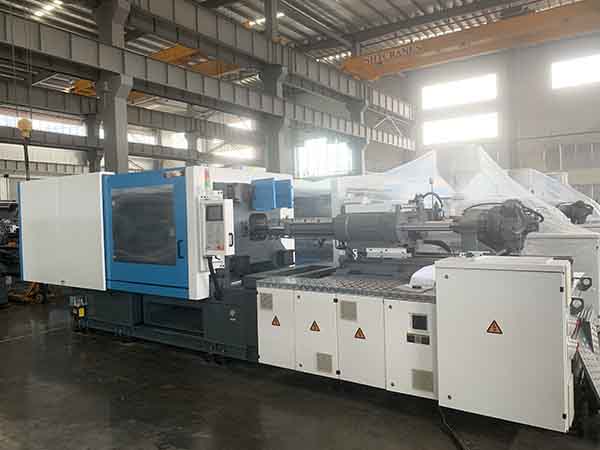Analysis of injection molding technology
Injection molding is an important processing method of thermoplastic parts. The varieties and styles of plastic parts processed and formed by this method are unmatched by other forming methods. The process is to design and realize the plastic mold of the tee pipe with the help of the thrust of the screw, inject the plasticized plastic melt into the closed mold cavity, and open the mold to obtain the plastic part after cooling, curing and shaping.There are three necessary conditions for forming injection molding: first, the plastic part must enter the mold cavity in a molten state; Second, the plastic solution must have sufficient pressure and flow rate to ensure timely filling all corners of the whole mold cavity; The third is to have molds that meet the shape and size of the parts and meet the requirements of the forming process. Compared with other molding technologies, injection molding technology has advantages in the following aspects: first, the melting plasticization and flow molding of molding materials are carried out in the plastic cylinder and mold cavity respectively, and the mold can always be in the state of rapid condensation or cross-linking solidification of the solution, which is conducive to shortening the molding cycle; The second is to lock the mold first and then inject the plastic solution. In addition, the solution with good fluidity has little wear on the mold cavity. Therefore, a set of mold can be used to form complex parts in large quantities, with clear surface graphics and marks and high dimensional accuracy; Third, all molding operations in the molding process, such as mold closing, feeding, plasticization, injection molding, mold opening and ejection products, are automatically completed by the injection molding machine, so that the injection molding process is easy to be fully automated and realize program control. However, we should also see the shortcomings of injection molding. Due to the limitation of cooling conditions, it is difficult to use this technology to make thermoplastic products without defects and large changes in wall thickness. In addition, because the cost of injection molding machine and injection mold is very high and the initial investment of molding equipment is large, injection molding technology is not suitable for the production of small batch products.
Injection molding, also known as injection molding or injection molding, is an important method for the molding of thermoplastic products. Except for a few thermoplastics, almost all thermoplastics can form plastic parts by this method. Injection molding can form plastic parts with various shapes and meet many requirements. Injection molding has been successfully used in the industrial production of some thermosetting plastic parts and even rubber products.
The process of injection molding is to feed granular or powdery plastic from the hopper of the injection machine into the heated barrel, heat and plasticize it into a molten state, apply pressure by the screw (or plunger) and inject it into the low-temperature and closed mold cavity through the nozzle at the bottom of the barrel, maintain the shape given by the mold cavity after cooling and hardening, and open the mold to obtain the injection molded plastic parts, A cycle has been completed in operation.
Injection molding is an important method of plastic molding, which has been widely used in production. It has the following characteristics:
① The forming cycle is short, and the plastic parts with complex shape, accurate size and metal or non-metal inserts can be formed at one time.
② Strong adaptability to various plastics. At present, except fluoroplastics, almost all thermoplastics can be formed by this method, and some thermosetting plastics can also be injection molded.
③ Production, easy to realize automatic production.
④ Injection molding requires expensive equipment, complex mold structure and high manufacturing cost, so injection molding is especially suitable for mass production.



